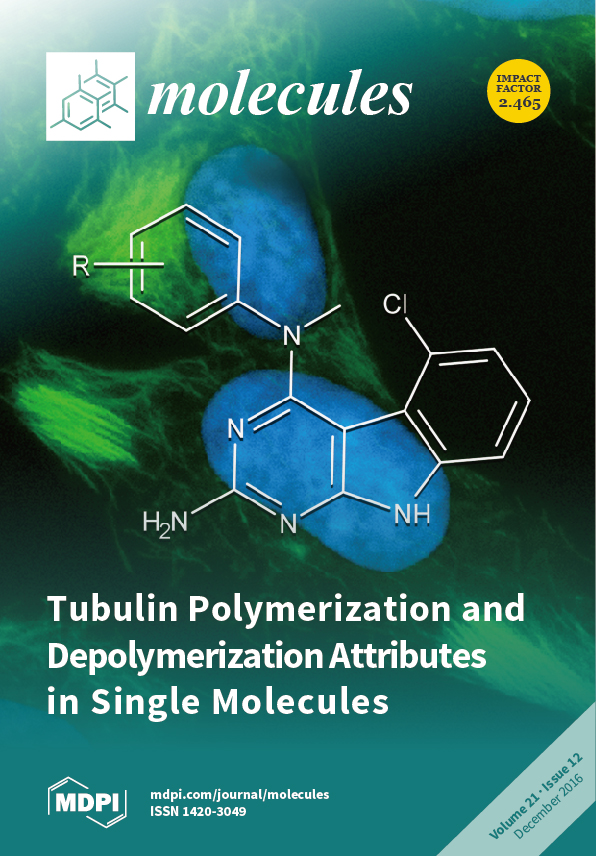Probiotics have been demonstrated as a new paradigm to substitute antibiotic treatment for dental caries, gingivitis, and chronic periodontitis. The present work was conducted to compare the characteristics of oral care probiotics:
Weissella cibaria CMU (Chonnam Medical University) and four commercial probiotic strains.
[...] Read more.
Probiotics have been demonstrated as a new paradigm to substitute antibiotic treatment for dental caries, gingivitis, and chronic periodontitis. The present work was conducted to compare the characteristics of oral care probiotics:
Weissella cibaria CMU (Chonnam Medical University) and four commercial probiotic strains. Survival rates under poor oral conditions, acid production, hydrogen peroxide production, as well as inhibition of biofilm formation, coaggregation, antibacterial activity, and inhibition of volatile sulfur compounds were evaluated. The viability of
W. cibaria CMU was not affected by treatment of 100 mg/L lysozyme for 90 min and 1 mM hydrogen peroxide for 6 h. Interestingly,
W. cibaria produced less acid and more hydrogen peroxide than the other four probiotics.
W. cibaria inhibited biofilm formation by
Streptococcus mutans at lower concentrations (
S. mutans/CMU = 8) and efficiently coaggregated with
Fusobacterium nucleatum.
W. cibaria CMU and two commercial probiotics, including
Lactobacillus salivarius and
Lactobacillus reuteri, showed high antibacterial activities (>97%) against cariogens (
S. mutans and
Streptococcus sobrinus), and against periodontopathogens (
F. nucleatum and
Porphyromonas gingivalis). All of the lactic acid bacterial strains in this study significantly reduced levels of hydrogen sulfide and methyl mercaptan produced by
F. nucleatum and
P. gingivalis (
p < 0.05). These results suggest that
W. cibaria CMU is applicable as an oral care probiotic.
Full article






